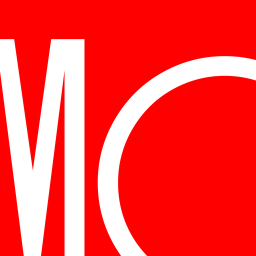The offering focuses on non-US firms that score well on balance sheet strength, profitability, and management quality. Idea generation relies on this team’s global sector specialists, who scour the best ideas from JPMorgan’s vast regional equity research teams—which cover approximately 2,500 stocks around the world—by viewing their research with a global lens. The global specialists ultimately rank stocks from A to C, with A representing their highest-conviction bets, a framework that helps form position-sizing decisions. The team is long-term-oriented—it sets five-year expected return targets—so it’s no surprise that annual portfolio turnover trends around 30%. While management is willing to pay up for some growth-oriented opportunities, valuation is an important consideration as well. As a result, the portfolio is well-balanced from a style perspective; this is why it landed in the core portion of the Morningstar Style Box.
The portfolio is composed of 70 to 100 stocks, with individual holdings capped at 5%. Management wants stock selection to drive returns, so sector weightings are generally held close to the MSCI EAFE prospectus benchmark, though country-relative weightings can diverge up to 15 percentage points. Up to 15% of portfolio assets can be invested in emerging markets but in practice hasn’t exceeded midsingle digits.
This strategy shares many traits with its more concentrated sibling, JPMorgan International Focus, but there are some differences. JPMorgan International Equity is benchmarked to the MSCI EAFE Index (which excludes emerging markets), but JPMorgan International Focus is benchmarked to the broader MSCI ACWI ex USA category index, which includes emerging markets. As of December 2023, JPMorgan International Equity’s 1% emerging-markets exposure was below JPMorgan International Focus’ 12% and the category index’s 19%. The MSCI EAFE Index also excludes Canada, so this strategy won’t own Canadian stocks, but they can be owned in JPMorgan International Focus.
JPMorgan International Equity's portfolio exposures reinforce that management is cognizant about balancing quality and valuation. Indeed, quality metrics like returns on invested capital have trended above the prospectus benchmark and the category index. At the same time, price multiples like price/earnings have typically been slightly higher than both core indexes over the years but well below their growth counterparts.
Japan has become a growing area of interest for the team, partially because of improving corporate governance. The team added at least nine Japanese holdings since mid-2022 (through December 2023), including tiremaker Bridgestone and conglomerate Hitachi. Japan was the portfolio’s largest absolute stake as of December 2023, at 22%, in line with the prospectus benchmark but well above the category index’s 14%.

